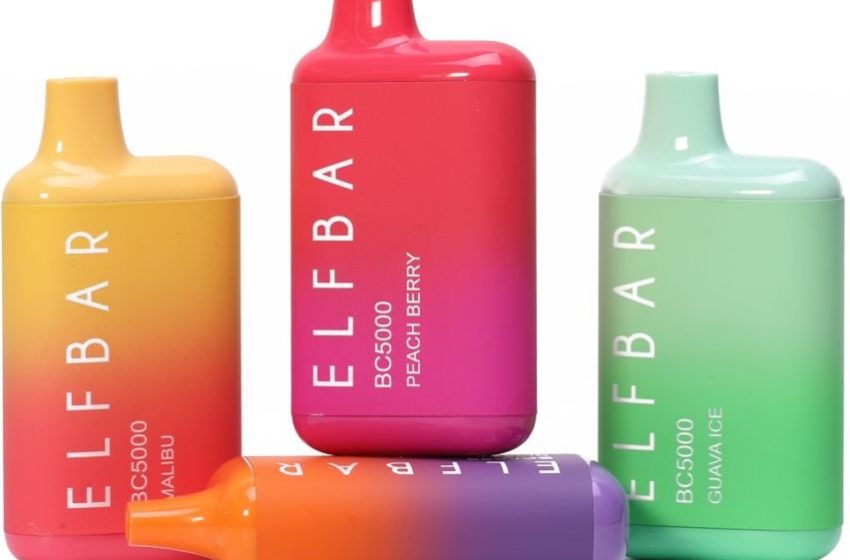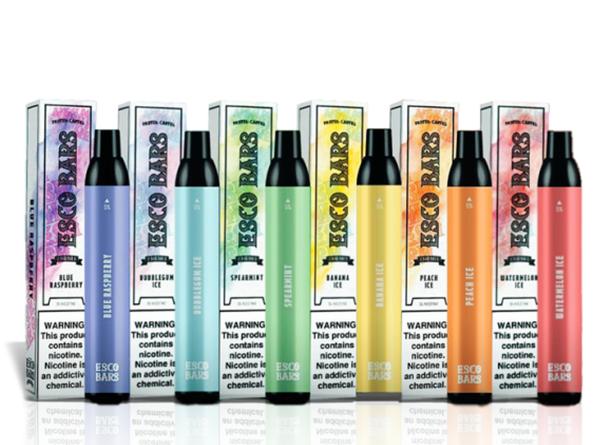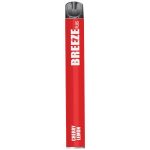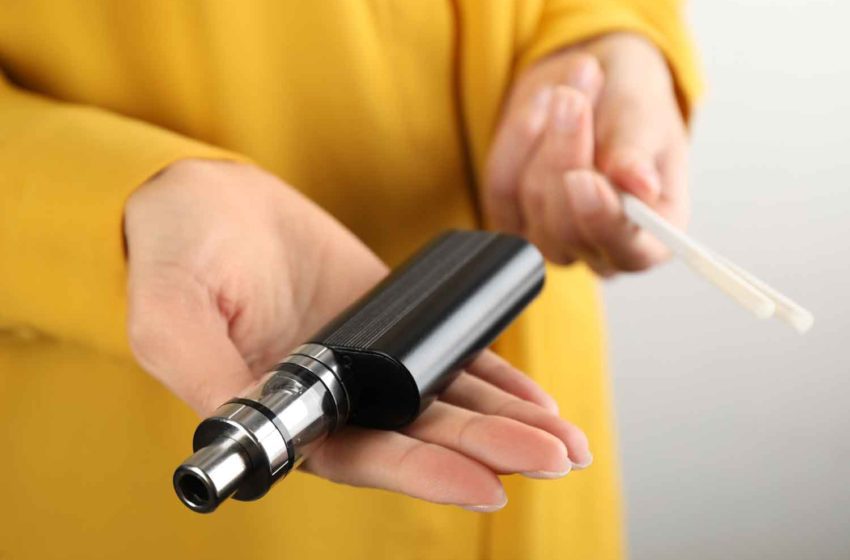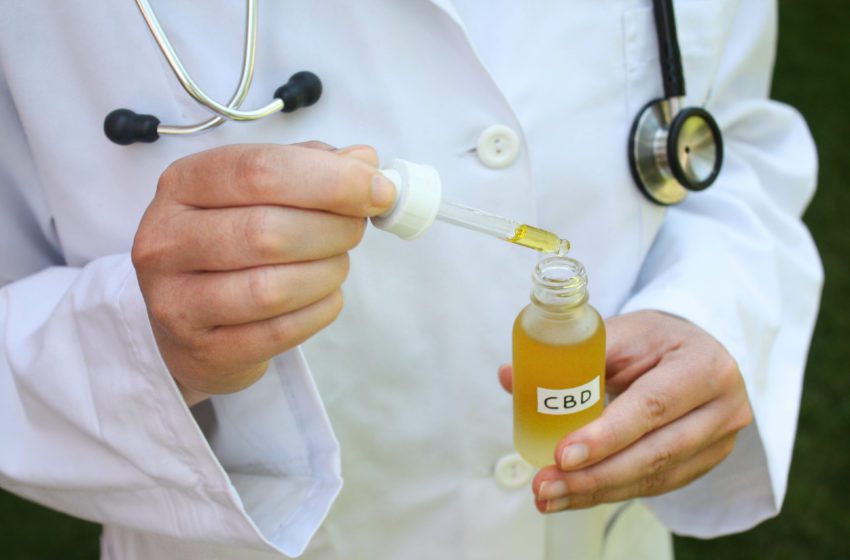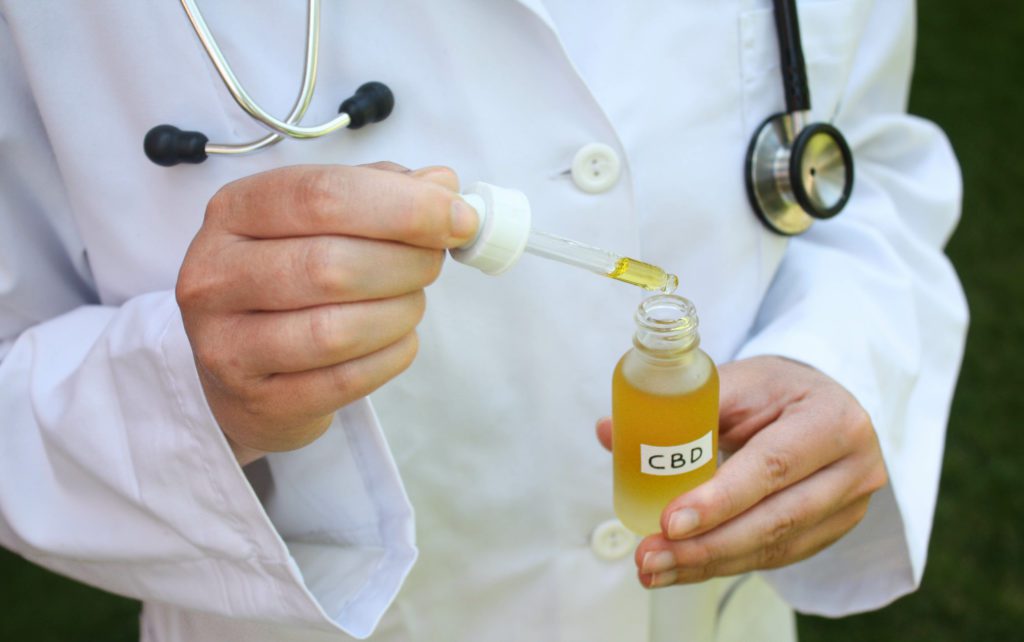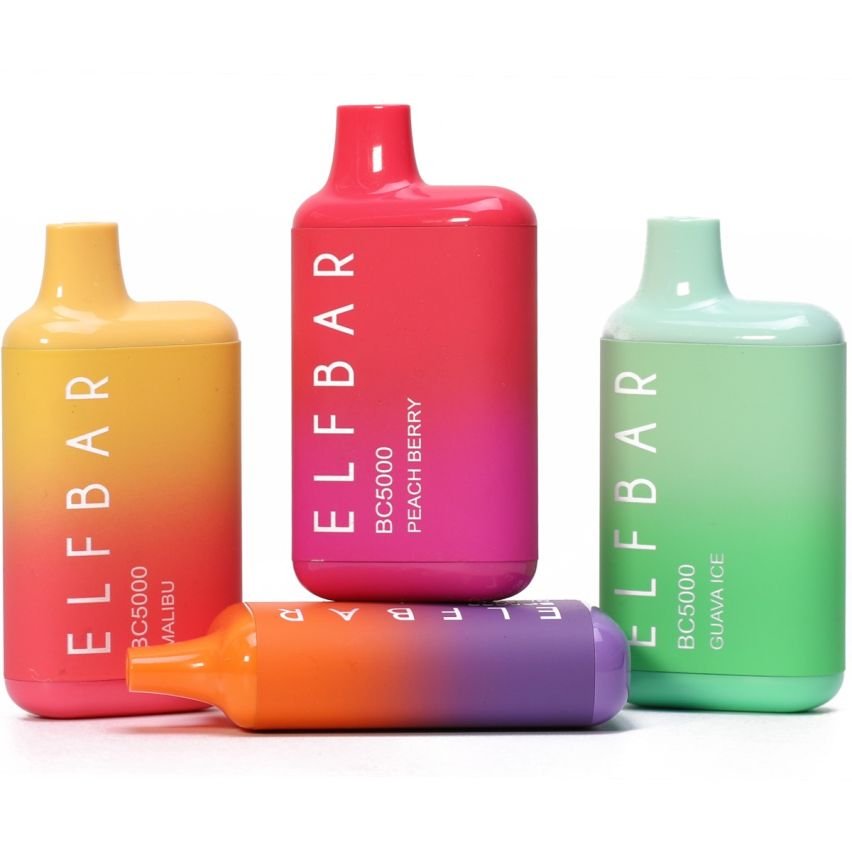
Imiracle, the manufacturer of Elf Bar, Lost Mary and EB Design vaping products, is calling on the U.S. Food and Drug Administration to reverse the agency’s recent addition of Imiracle products to its import red list and “for coherent, clear and depoliticized regulation of the U.S. vaping market.
IMiracle Shenzhen Technology Co. Ltd. issued a statement regarding the placement of its products on the FDA’s Import Alert # 98-06. The company said it is disappointed by the FDA’s decision to “abruptly and arbitrarily” add the company’s products to the FDA import red list.
The company stated that it was given no notice regarding the decision and was provided no opportunity to address any FDA concerns before action was taken.
“It is the job of the FDA to provide consistent and coherent regulatory clarity to the U.S. marketplace. This red list announcement fails to meet this responsibility and provides yet another example of FDA’s politicized decision-making,” a spokesperson for Imiracle stated. “The FDA is singling out IMiracle’s products, despite the fact that the company was working in good faith through the FDA’s PMTA process. At the same time, the FDA is failing to address the flood of products from manufacturers that have ignored and never attempted to comply with FDA regulations.
“This decision also ignores the latest science on e-cigarette use and continues to prevent U.S. adults from accessing an entire category of nicotine products that FDA knows are significantly safer than cigarettes. Further, no IMiracle brands have ever been identified in the National Youth Tobacco Survey as top brands used by youth.
“The FDA’s capricious action is not surprising given the agency’s history of regulating vaping products out of existence. It is appropriate for the industry and its more than 10 million adult consumers to demand a clear and thoughtful regulatory regime from the federal government, and they have done so. The FDA has failed to respond.
“IMiracle calls on the FDA to reverse its decision to place IMiracle products on the import red list. We welcome the engagement and the conversation needed to create a proper and fair regulatory regime around the e-cigarette marketplace that works for all stakeholders.”
The FDA last week issued “Import Alert 98-06” that states the regulatory agency will detain new tobacco products such as e-cigarettes without marketing authorization at the border.
The companies impacted would include all importers, manufacturers and transporters of vaping product brands such as Elf Bar, EB Design, Eonsmoke, Esco Bars and Stik that are on the agency’s “Red List.”

